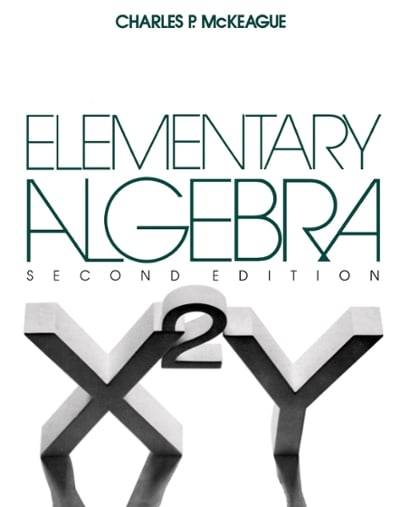Question
1. What is the difference between a discrete random variable and a continuous random variable? Provide an original example of each type of variable. 2.What
1. What is the difference between a discrete random variable and a continuous random variable? Provide an original example of each type of variable.
2.What makes the binomial distribution unique from other types of distributions?What are its characteristics? Provide a real-world example of a distribution of data that would be considered binomial.
3. Solve the following problem:
About 30% of adults in the United States have a college degree. Thus, theprobability that a person has a college degree is p = 0.30. If N adults are randomly selected, find probabilities that
a) exactly x out of selected N adults have a college degree,
b) less than x out of selected N adults have a college degree, and
c) greater than x out of selected N adults have a college degrees.
Choose your numbers for N and x. These values for N and x must be original
Step by Step Solution
There are 3 Steps involved in it
Step: 1

Get Instant Access to Expert-Tailored Solutions
See step-by-step solutions with expert insights and AI powered tools for academic success
Step: 2

Step: 3

Ace Your Homework with AI
Get the answers you need in no time with our AI-driven, step-by-step assistance
Get Started


